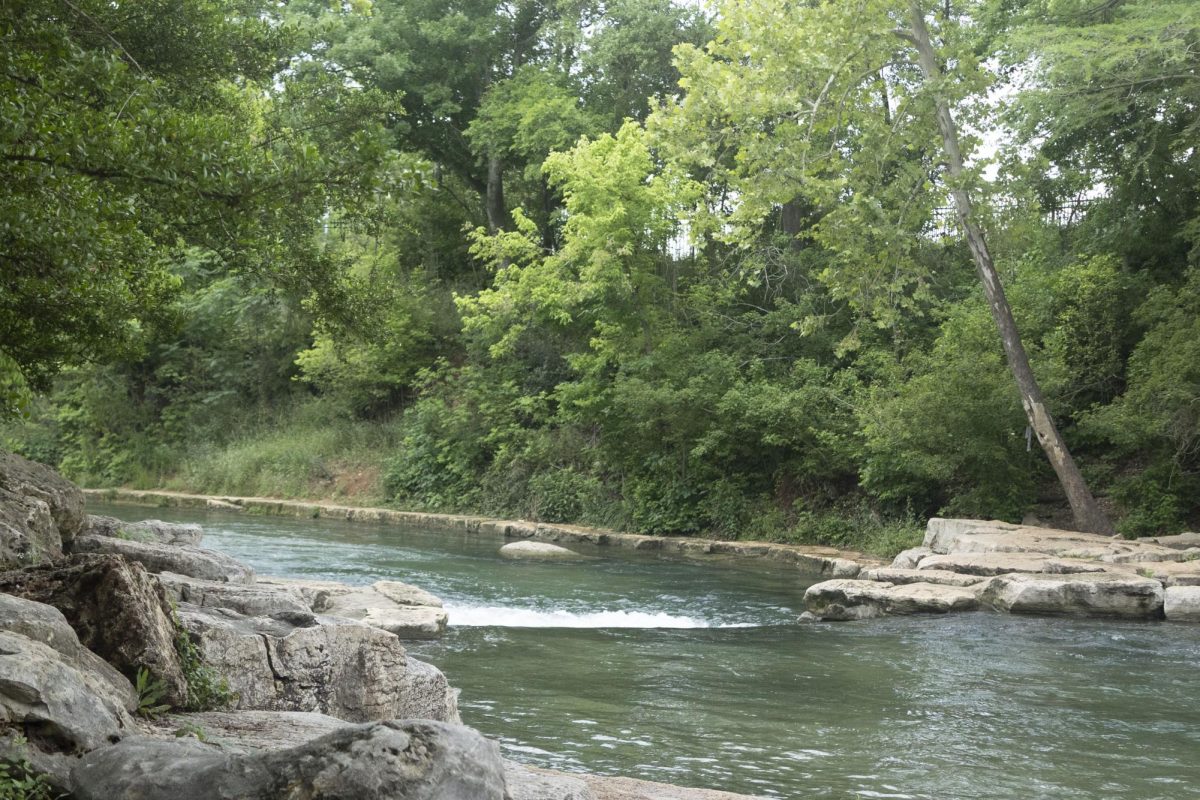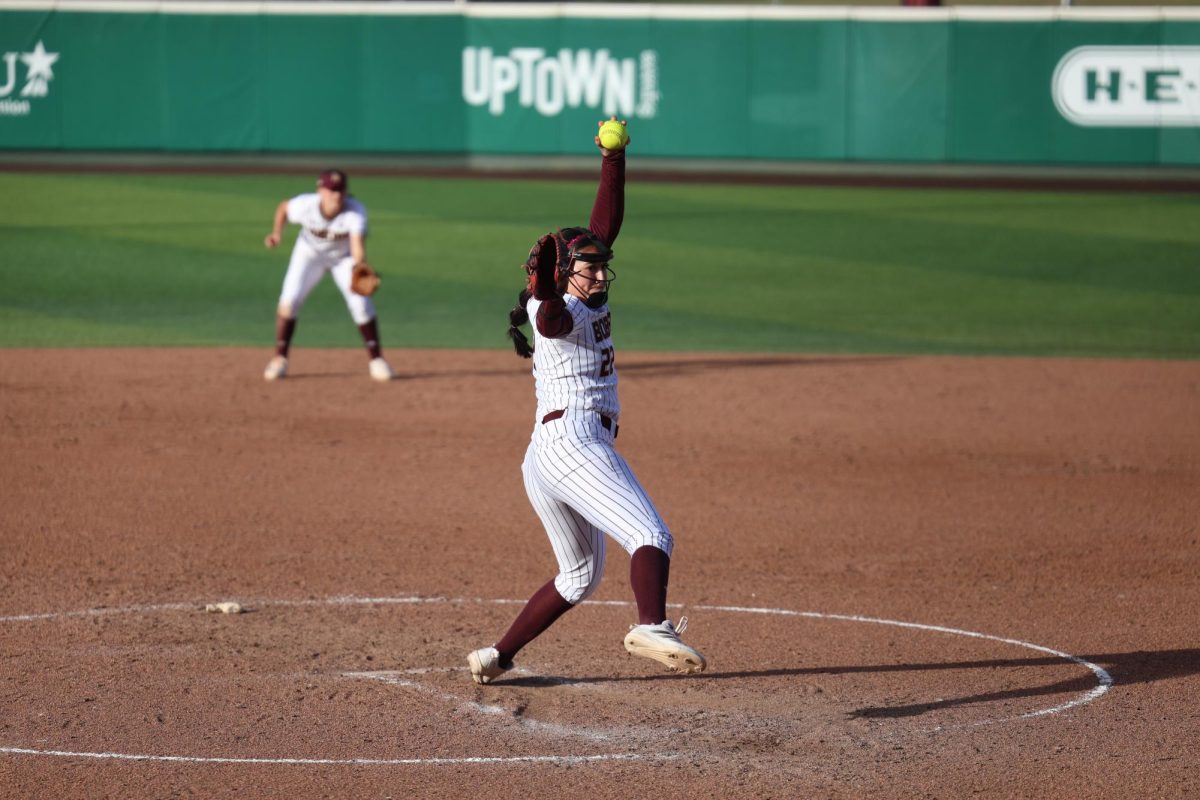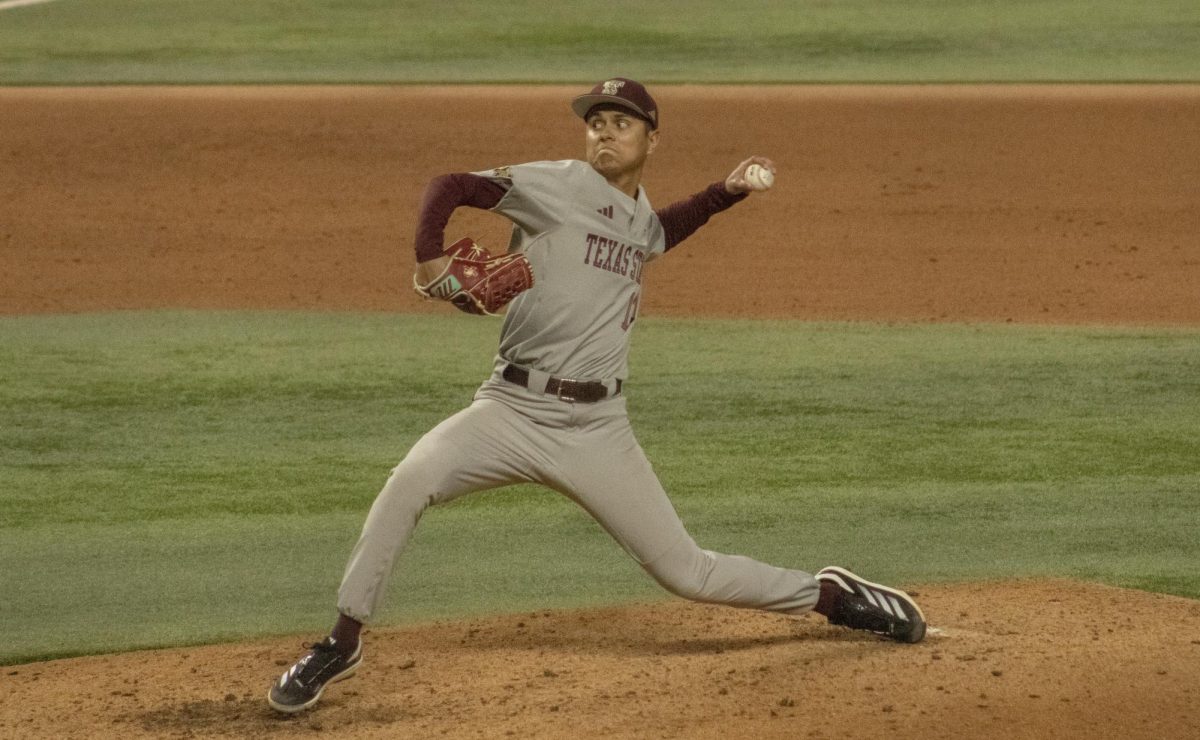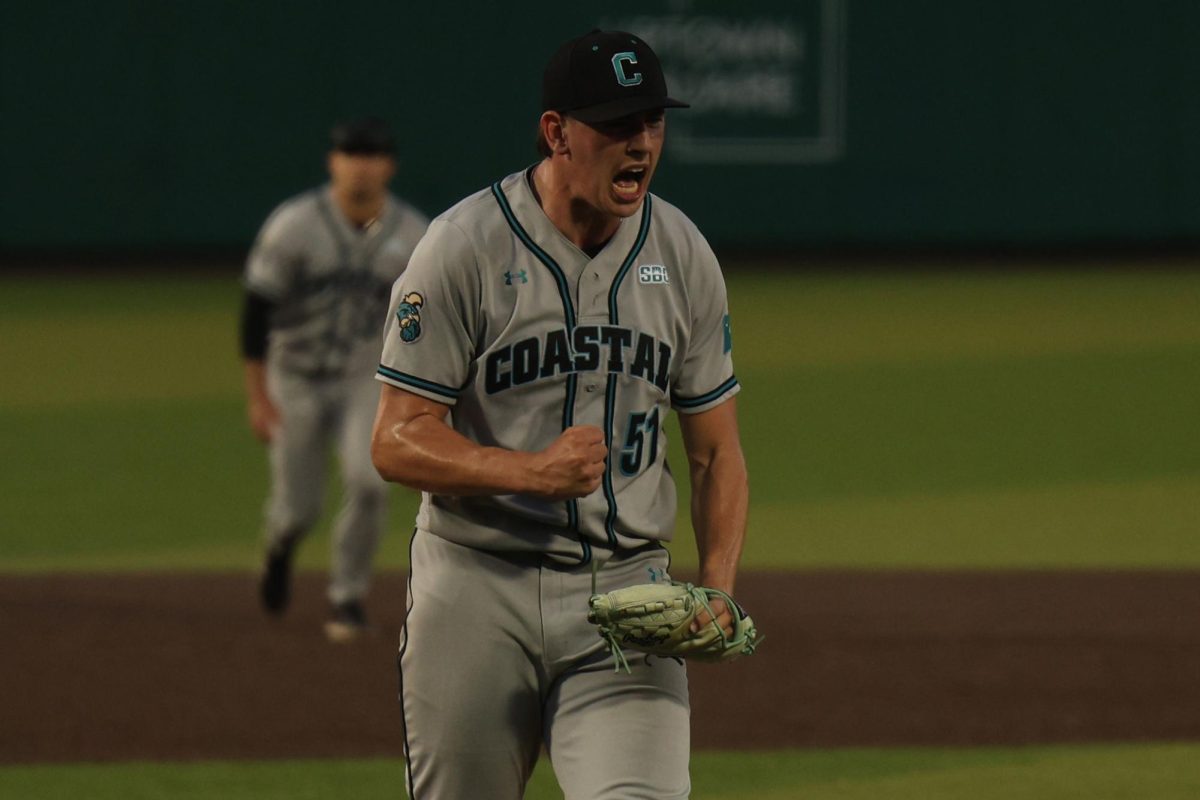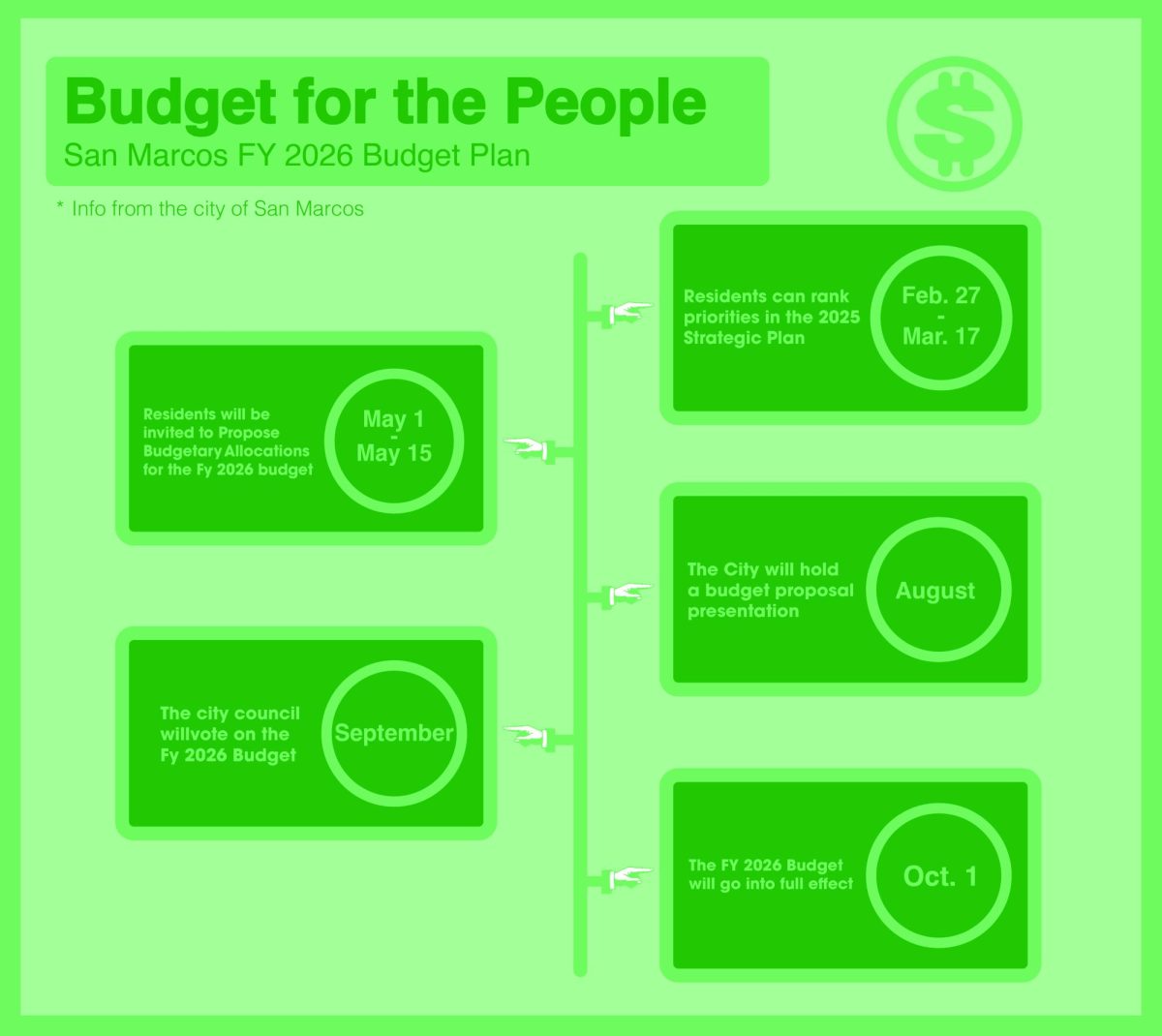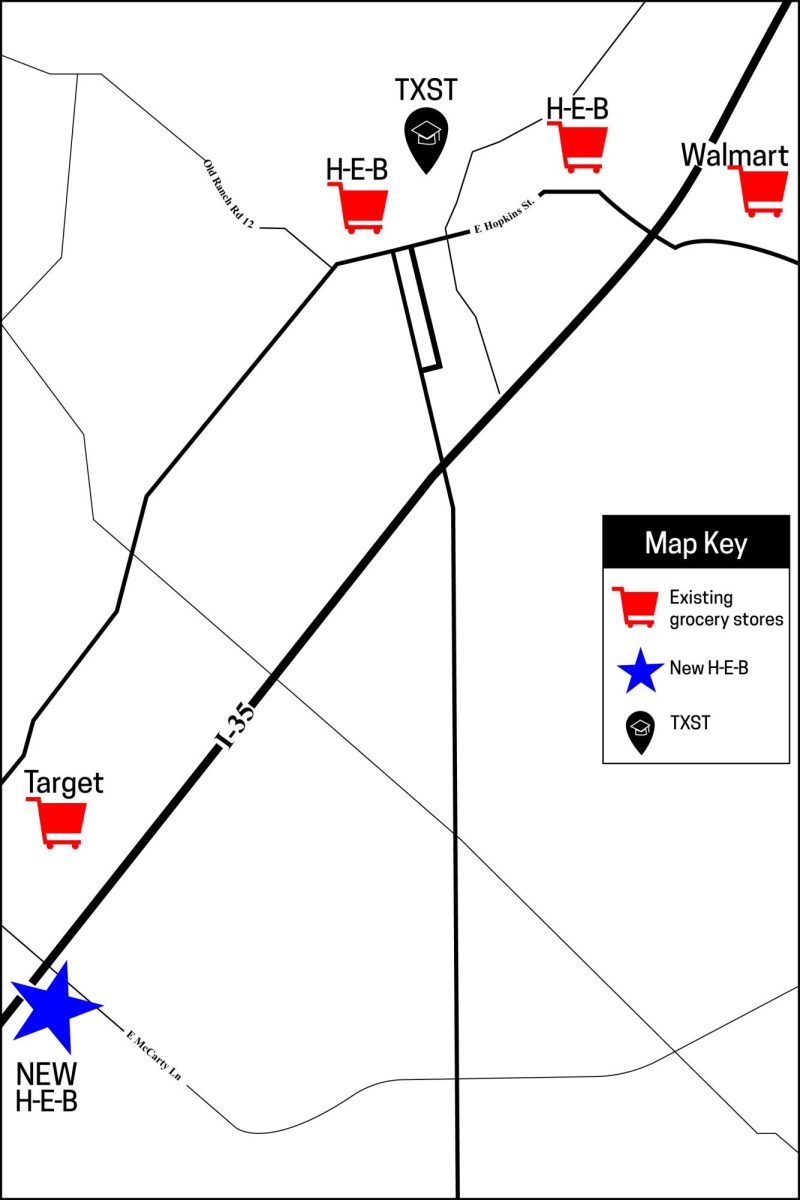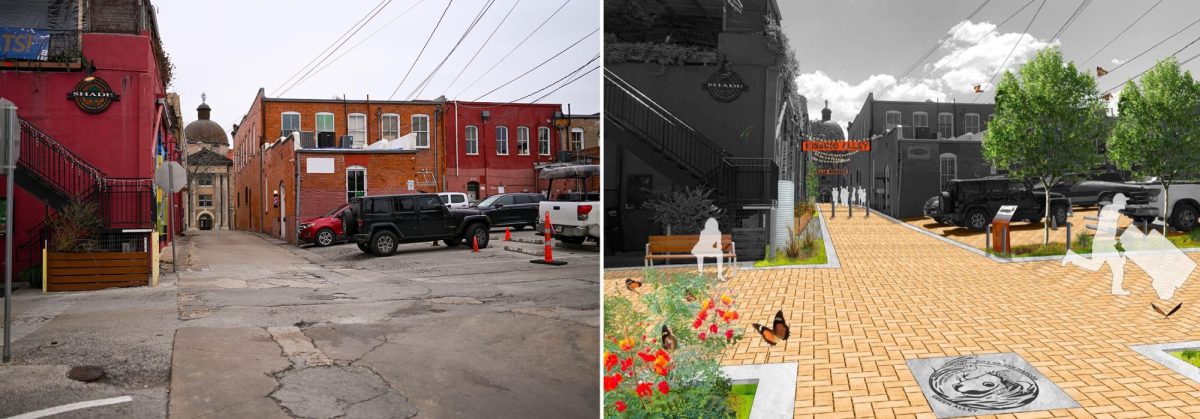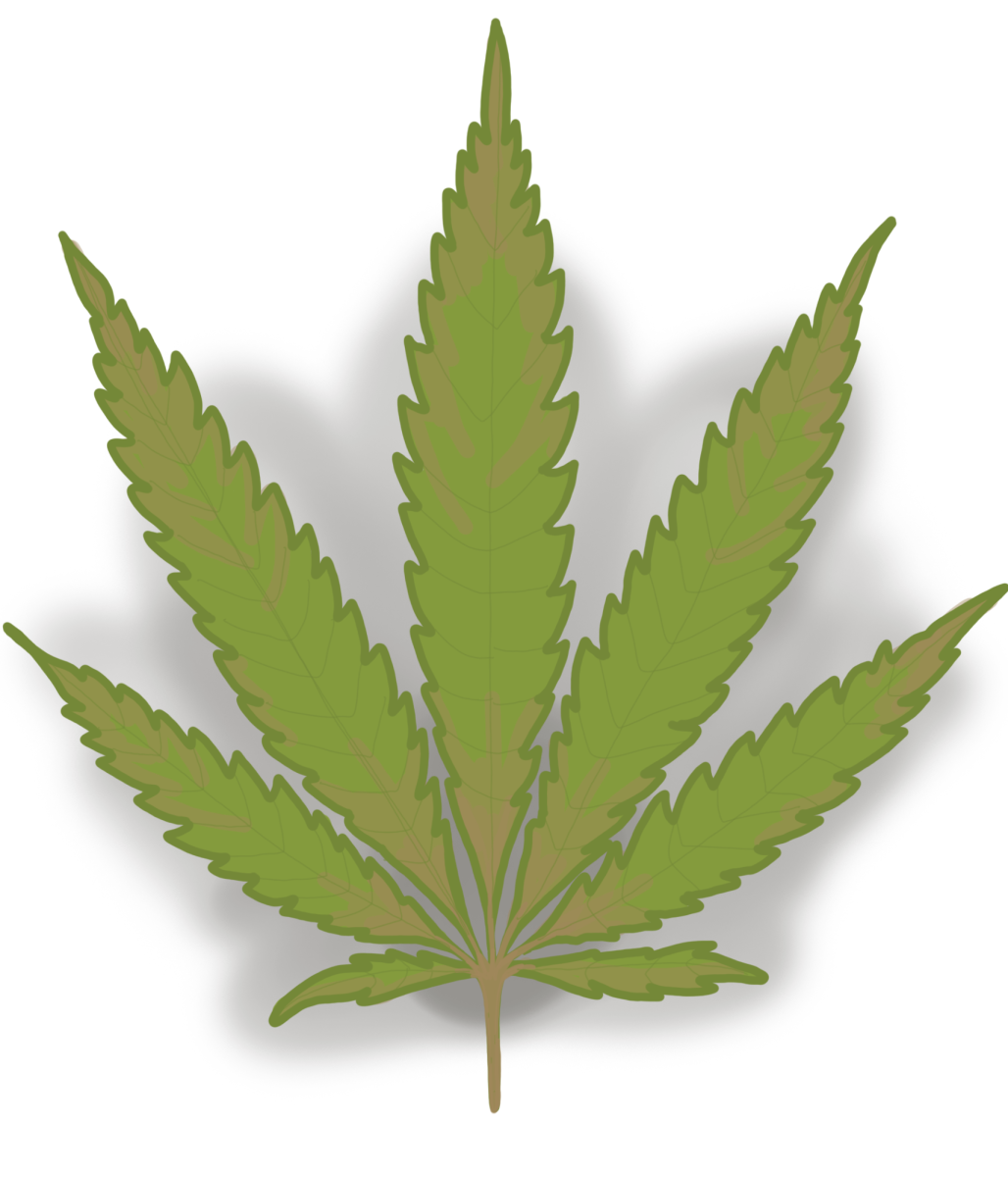On April 16, the San Marcos City Council approved new changes to the water restriction policy for the first time since 2015, decreasing the number of drought stages from five to three.
The previous water conservation and drought policy consisted of year-long restrictions based on the amount of water locally available to limit usage during a drought.
Under the new conservation and drought contingency ordinance, restrictions are reflected across the city’s water levels instead of solely measuring the Edwards Aquifer water levels.
Jan De La Cruz, conservation coordinator for SMTX Utilities, said the changes to the ordinance would simplify the previous water restriction rules and new water sources would become available over the next couple of years.
“Previously, our trigger was based only on the Edwards Aquifer levels, even though the majority of our water comes from Canyon Lake,”De La Cruz said.
One of the biggest changes of this new ordinance is the decrease of water drought stages from five to three. The implementation of each stage will be based on the percentage of available water production capacity.
Stage 1 is labeled a mild water shortage and implemented when average daily water consumption reaches 70%. Stage 2 is a moderate mild shortage implemented at 75%, while Stage 3 is a severe water shortage implemented at 80% water production capacity.
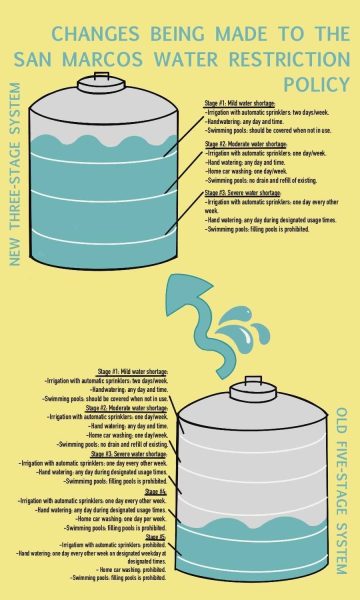
De La Cruz said San Marcos’ current Stage 2 drought restrictions are unlikely to change anytime soon and emphasized the importance of adhering to the proper drought protocols.
Under Stage 2 water restriction, irrigation with hose-end sprinklers or automatic sprinkler systems is permitted weekly during specific hours. While some non-essential water activities, like washing vehicles at home are allowed, the city recommends taking precautions to minimize water consumption.
“In the hot dry summer months, people tend to use more outside [water usage] for irrigating their yards, so the drought rules are designed to try to control that and to limit how much water people are using outside,” De La Cruz said.
Virginia Parker, executive director of the San Marcos River Foundation, said rather than measuring the total amount of available water, it would be more effective to compare the various water sources and apply the strictest drought triggers to conserve the city’s water supply.
“It would take more measurements from city staff and add more data analysis, but it wouldn’t cost the city any money [as] it doesn’t cost the city money to trigger phase two faster,” Parker said. “That’s just us being good stewards of our natural resources.”
Kimberly Meitzen, associate professor in the Department of Geography and Environmental Studies said the new restrictions are not conservative enough as they use a combination of all the water supply sources instead of focusing on the water supply source most at risk.
“We could have more protective water conservation measures if our drought stages were set on the Edwards Aquifer J-17 Well,” Meitzen said. “In which case we’d be really considering more of the regional climatic drought impacts as opposed to the kind of volumetric water supply planning from a diversified waters supply source.”
Meitzen said although there has not been a dire situation of limited water supply, there is no reassurance of how the future will look and it is everyone’s responsibility to reduce water consumption.
Parker said it is important for citizens to be educated on the different water conservation practices and protect their water resources.
“Water in Texas is important with the population growth we’re experiencing, we need to lead by example,” Parker said. “So if we want our neighbors and all the different water users in Texas to conserve water and make sure that everyone has enough drinking water and that the spring flow continues, we need to lead by example.”



